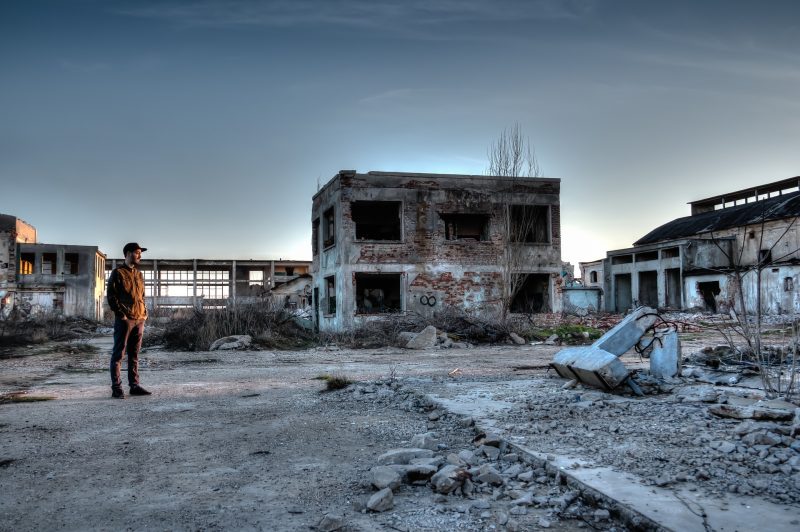Cascadia earthquake fears: What you need to know
In the early hours of January 26, 1700, the coastline running from Northern California up to Washington suddenly fell 3 to 6 feet, flooding the beaches, destroying the plants and trees in the area, and causing a tsunami on the other side of the Pacific Ocean. All of this happened because of a massive 9.0 earthquake that lasted well over 5 minutes and became known as the Cascadia earthquake. Luckily, at the time there were few fixed structures in the area and the population was much, much smaller than today. The problem, however, is that there is a good chance that something like the Cascadia earthquake will happen again, though it is impossible to know exactly when an earthquake of that size will occur. Here is what you need to know about it.
The Chance

Most geologists who have studied the Cascadia Subduction Zone, from which the famous quake got its name, have agreed that the earthquake will happen not just once, but several times in the future. In 2013, the possibility of another earthquake that could affect the entirety of the Pacific Northwest happening was given a 7 to 15 percent chance for sometime within the next 50 years. The estimate for an earthquake that would specifically affect Oregon and Northern California has a 37 percent chance. This means that there is a real risk of the earthquake repeating in the near future.
What could happen?
If there is another large earthquake in the Cascadia Subduction Zone, there would be severe consequences. The chances of an earthquake happening sometime within our lifetime are decent enough that preparations should be made, at least on a structural level, to ensure that there will not be a complete collapse in the event of the earthquake becoming a reality.
Peter DeFazio, a congressman in the State of Oregon, introduced an earthquake preparedness plan that says that thousands of people are likely to be killed or injured if the earthquake becomes a reality. The State of Oregon itself is estimated to be at risk of losing $32 billion due to the expected level of damage to the economy. The coast is at the highest risk and the area there would be completely devastated if the earthquake struck.
What can you do?
While the government is working on a preparedness plan, which includes an early warning system to notify people of a potential earthquake, there are also some things that you can do on a personal level. Do remember that the threat of an earthquake is not imminent, but it is a good idea to prepare your home as well as you can.

To begin with, you should ensure that your home or any buildings you own are structurally sound enough to handle a large earthquake if it hit. This means that the foundations of the structures should be earthquake compliant and should be checked by a professional.
You can also begin to store food and water that are contained in non-perishable packaging and able to last a long time. This might seem like you are starting to act like a survivalist, and in a way, you would be. You should also make sure that you have a full first aid kit, and, if possible, a backup generator to help you with power if the grid goes down. You should also keep some cash set aside because if an earthquake occurs, it’s unlikely that you will have access to ATMs or able to use a credit card.
Having these kinds of preparations in place will not just keep you set in case of a massive earthquake, but could also keep you safe in any kind of natural disaster, whether it is an earthquake, snowstorm, or even a hurricane.
If you have any comments then please drop us a message on our Outdoor Revival Facebook page
If you have a good story to tell or blog let us know about it on our FB page, we’re also happy for article or review submissions, we’d love to hear from you.
We live in a beautiful world, get out there and enjoy it. Outdoor Revival – Reconnecting us all with the Outdoors.





